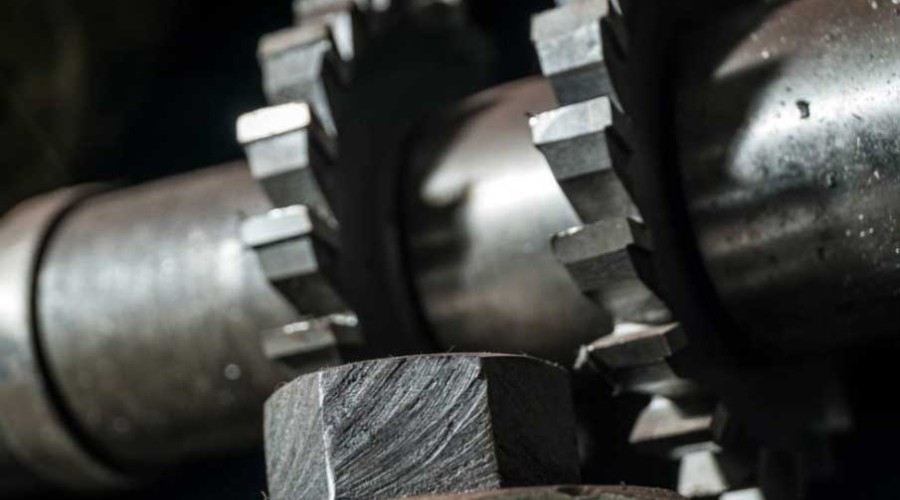
The form of mechanical processing varies depending on
the requirements of different material workpieces and products. The traditional
mechanical processing methods are commonly heard as turning, pliers, washing,
planing, and grinding. With the development of mechanical technology,
electroplating, wire cutting, casting, forging, and powder processing have also
emerged in the field of mechanical processing.
So what are the forms of mechanical processing?
1. Turning
Turning is mainly due to the rotation of the
workpiece, which is cut into the required shape by the turning tool. When the
tool moves along the parallel rotation axis, it can obtain the inner and outer
cylindrical surfaces. The formation of a conical surface is the movement of the
tool along a diagonal line that intersects with the axis. The formation of a
rotating surface is achieved on a copying lathe or CNC lathe, where the tool is
controlled to feed along a curve. Another type of production for rotating
surfaces is to use formed turning tools with lateral feed. In addition,
machining of threaded surfaces, end planes, and eccentric shafts can also be
done through turning.
2. Milling
Milling mainly relies on the rotation of cutting
tools. Milling is divided into horizontal milling and vertical milling, and the
plane of horizontal milling is formed by the edge on the outer circular surface
of the milling cutter. End milling is formed by the end face edge of the
milling cutter. To achieve higher cutting speed and increase productivity, the
speed of the milling cutter can be increased. However, due to the impact caused
by the cutting in and out of the milling cutter teeth, the cutting process is
prone to vibration, which limits the improvement of surface quality.
3. Planing
Plaing mainly involves the tool performing
reciprocating linear motion to cut the workpiece. Therefore, the speed of
planing is relatively low, resulting in lower productivity. However, the
accuracy and surface roughness of planing are more stable than those of
milling.
4. Grinding
Grinding mainly relies on grinding wheels and tools to
process the workpiece, relying on the rotation of the grinding wheel. When
grinding with a grinding wheel, the main functions of the abrasive particles on
the wheel are cutting, engraving, and sliding on the surface of the workpiece.
The abrasive particles themselves gradually become dull from sharpness, causing
a decrease in cutting effectiveness and an increase in cutting force.
Therefore, after grinding for a certain period of time, it is necessary to use
diamond turning tools or other tools to trim the grinding wheel.
5. Tooth surface machining
Tooth surface machining is a new machining method, which can be divided into two categories: forming method and generating method. The forming method mainly uses ordinary milling machines for processing, and the cutting tool is a forming milling cutter, which requires two simple forming movements of the cutting tool: rotational motion and linear movement. The commonly used machine tools for generating tooth surfaces are hobbing machines, slotting machines, etc.

6. Complex surface machining
For the processing of complex surfaces, CNC machine
tools come in handy. The cutting process of three-dimensional surfaces mainly
adopts the methods of profile milling and CNC milling or special machining.
Prototype milling must have a prototype as a reference. During processing, the
ball shaped imitation head is constantly in contact with the prototype surface
under a certain pressure. The motion of the profiling head is transformed into
inductance, and the machining amplification controls the motion of the three
axes of the milling machine, forming a trajectory of the tool head moving along
the surface. Milling cutters often use ball end milling cutters with the same
radius as the copying head. The emergence of CNC technology has provided more
effective methods for surface machining.
7. Special processing
Special machining is a mechanical processing method that differs from traditional cutting. Special machining can use physical (electrical, acoustic, optical, thermal, magnetic), chemical, or electrochemical methods to process the workpiece material, making the workpiece into the shape we need.

When selecting mechanical processing methods, it is
necessary to consider multiple aspects and choose appropriate methods, so as to
ensure the accuracy and quality of the produced products.
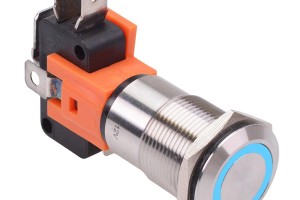
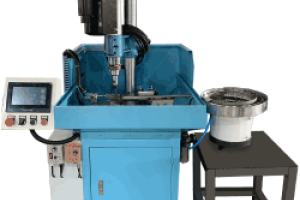
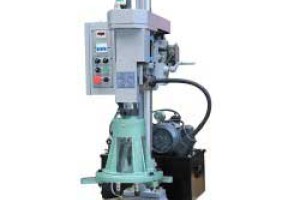
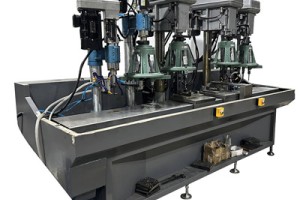
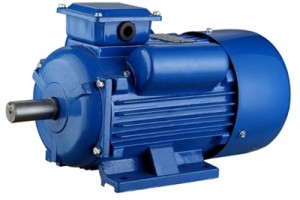
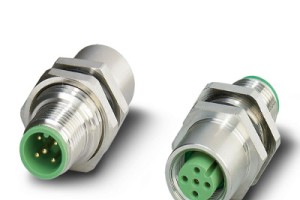
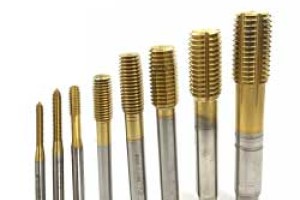
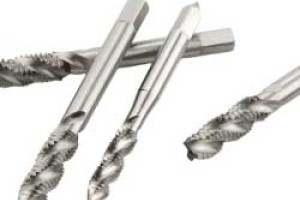
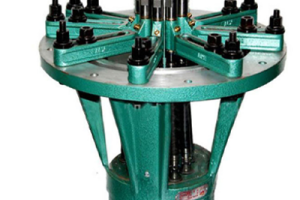
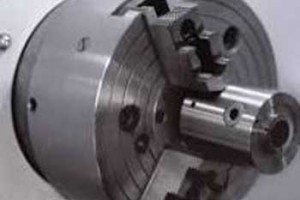
Leave a comment